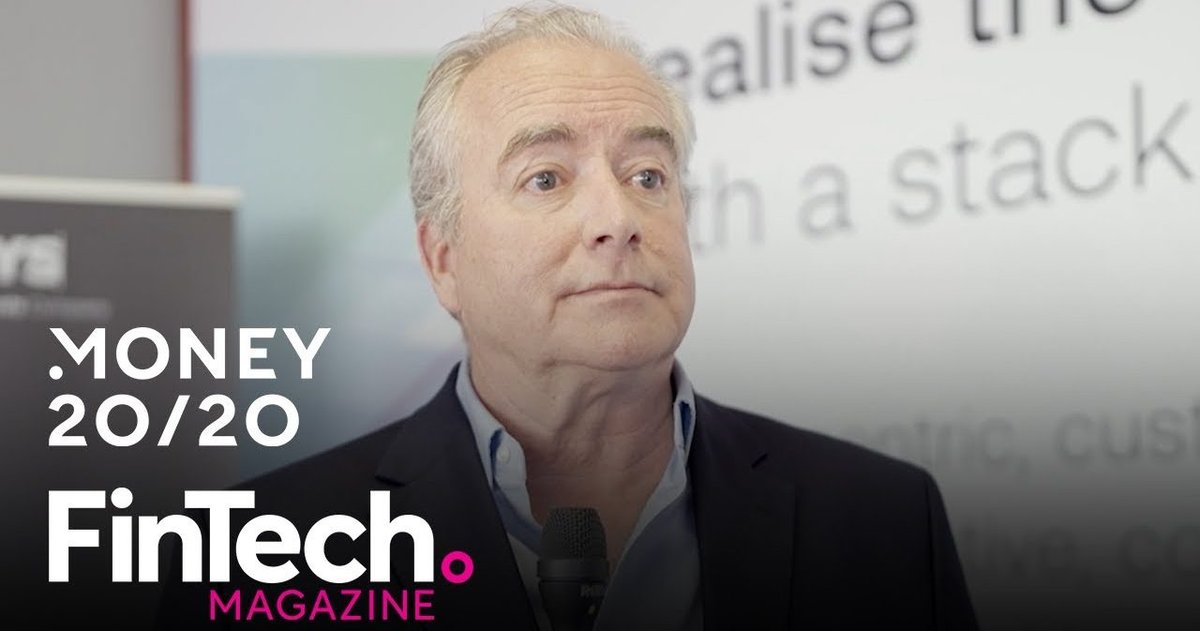At Money20/20 Europe in June this year, Kelley Knutson, Chief Growth Officer at TSYS – a global payments company – shared his insights on the evolving fintech environment and how AI and cloud services are shaping the future of financial services.
While many today worry about the potential impact of AI on the workforce and employment, Kelley, like many others, sees AI not as a replacement but as an enabler for workers.
“It’s really a partnership between the technology and its capabilities and the people,” he says. “Some jobs will be displaced, but I think then people will be retrained and put to other tasks.”
For Kelley, the most important element of AI implementation today is establishing the right governance and structure, which he calls a “continuous learning process.”
Responsible AI implementation
Kelley emphasizes TSYS’s responsible approach to adopting AI and creating an AI Center of Excellence.
“For us, it’s all about the governance framework you have in place,” he says. “It’s important to make sure the content and data is correct and validated. Then we have to ask ourselves how that data can be applied to specific use cases, in areas that make sense for us, but more importantly, for our customers.”
Better data access and quality have increased cloud usage in the financial services industry. However, because organizations change at different paces, adoption of the technology has not progressed at the same pace across the industry.
Kelley points out that established players often face greater challenges in making the transition, while newer market entrants can more easily adopt cloud technologies.
Indeed, there are also regulatory and compliance issues associated with cloud adoption, and Kelley points out that strategies often differ between on-premises solutions and regional approaches.
He acknowledged that cloud technology has delivered on some, but not all, of its initial promises. “Everyone thought cloud adoption would be much cheaper and much faster, and that’s the case.”
“But what’s happening now is that hybrid cloud models are leading the way into the future, especially for established players trying to find the balance: getting to the future quickly while making sure they don’t compromise the services and capabilities they already have.”
Kelley believes hybrid cloud and hybrid multi-cloud models will be here to stay for several years as banks and other financial institutions navigate the complexities of a full cloud adoption.
This hybrid model is likely to remain in place for several years, according to Knutson, as financial institutions navigate the complexities of cloud adoption.
Customers at the centre
For Kelley, no matter how a financial institution’s services are delivered, it must work to the benefit of the consumer.
“It’s not going to be easy,” he says. “Consumers want a seamless experience, but they also want a secure one. A customer-centric approach must drive decision-making around data management and cloud deployment strategy.”
Compliance is key here, and while Kelley admits that “it doesn’t always sound sexy,” it’s something that is “at the heart of the payments infrastructure.”
He adds: “The key is to comply not only with local but also regional regulations and to ensure that the risk protocols and infrastructure are in place.”

